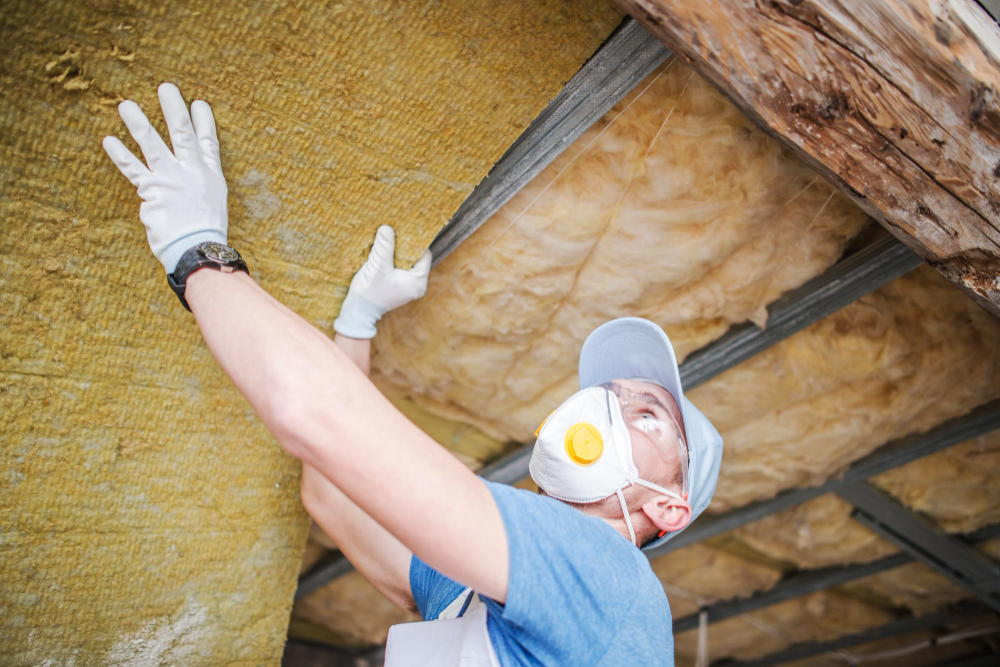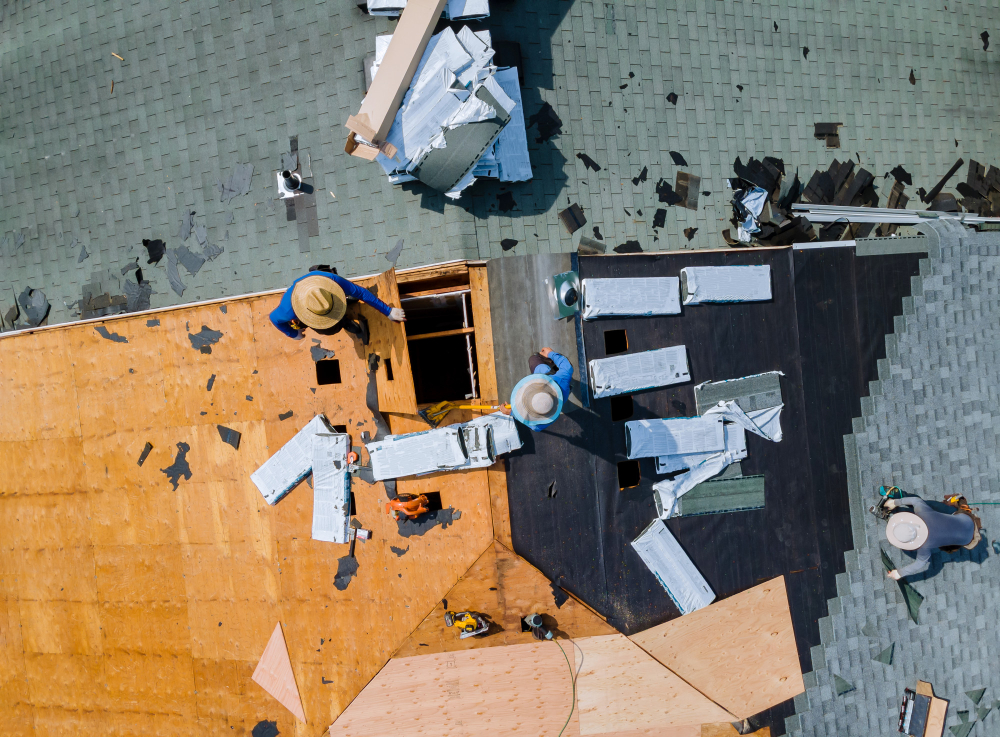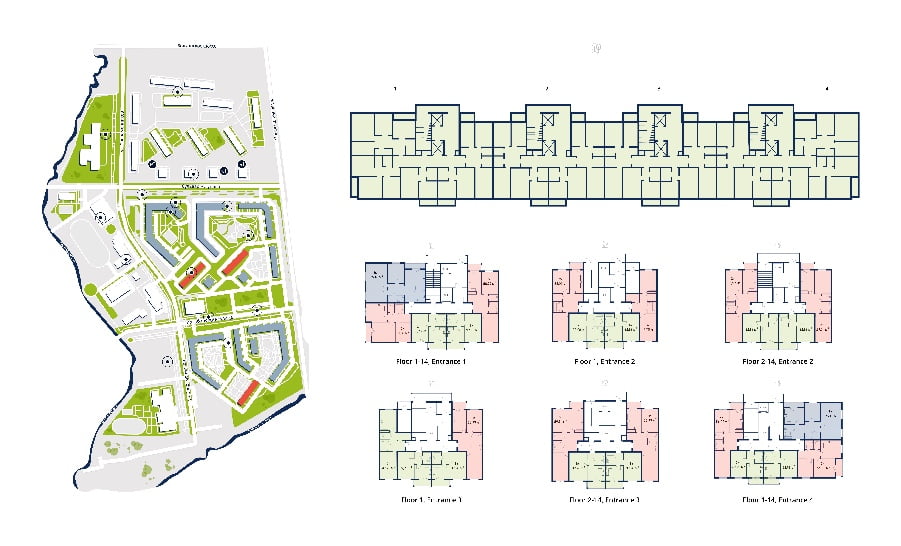Last updated on
If you’re considering a roof replacement, you’re likely aware of the significant impact it can have on your home’s safety and value. Whether you’re dealing with an aging roof or severe damage, the process of replacement might seem daunting. So, here are the essential steps involved in a roof replacement, providing a clear roadmap for what needs to be done.
Assessment and Planning
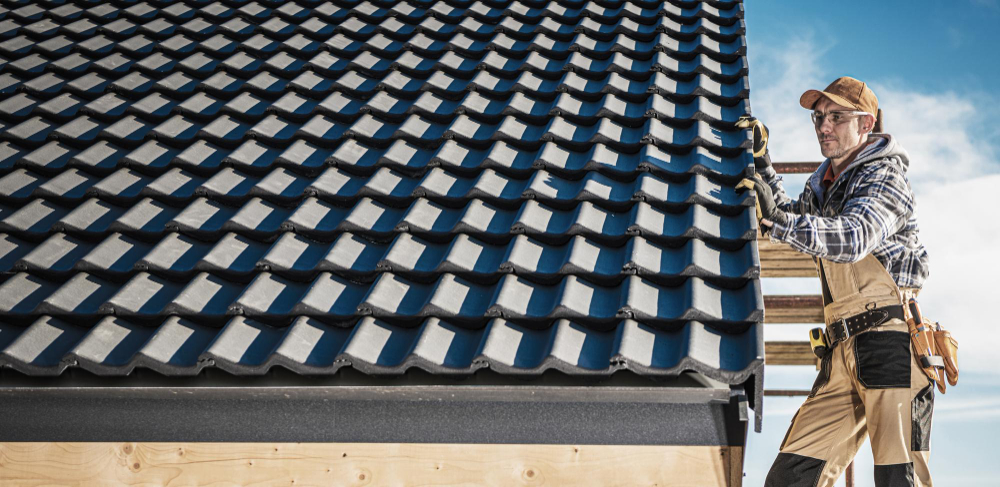
Before diving into the physical work, a thorough assessment of your existing roof is crucial. This involves identifying the extent of damage, checking for leaks, and evaluating the overall condition of the structure.
Once the assessment is complete, you can get expert advice from a roofing contractor so that a comprehensive plan is developed. This plan outlines the materials needed, the timeline for the project, and any potential challenges that may arise.
Choosing the Right Materials

Selecting the right roofing materials is a critical decision. The climate, architectural style of your home, and your budget all play a role in this choice.
From traditional asphalt shingles to metal roofing or eco-friendly options like solar tiles, the market offers a variety of materials. Understanding the pros and cons of each will ensure your replacement meets both aesthetic and functional needs.
Climate Considerations
- Hot and Dry Climates: Opt for materials with high heat resistance, such as metal or clay tiles, to withstand prolonged sun exposure.
- Cold and Snowy Regions: Choose materials like asphalt shingles or metal roofing that can effectively shed snow and ice, preventing structural issues.
Architectural Harmony
- Traditional Homes: Asphalt shingles often complement the classic look, while wood shakes provide a rustic charm.
- Modern Structures: Consider sleek and durable options like metal or flat concrete tiles for a contemporary aesthetic.
Budgetary Impact
- Cost-Effective Solutions: Asphalt shingles are a popular and budget-friendly choice, offering durability without breaking the bank.
- Long-Term Investment: While initial costs may be higher, materials like metal or composite roofing can be cost-effective in the long run due to their longevity and minimal maintenance requirements.
Eco-Friendly Options
- Solar Tiles: Harness the power of the sun while maintaining a stylish roof with solar tiles that seamlessly integrate renewable energy into your home.
- Recyclable Materials: Consider materials like metal or rubber roofing, which are not only durable but also environmentally friendly, often made from recycled materials.
Permits and Regulations

Before any work begins, it’s essential to secure the necessary permits and ensure compliance with local building regulations. This step is often overlooked, but failure to obtain the proper permits can result in delays and additional costs. Checking local regulations and obtaining the required paperwork upfront will save you headaches down the line.
Removal of Old Roofing
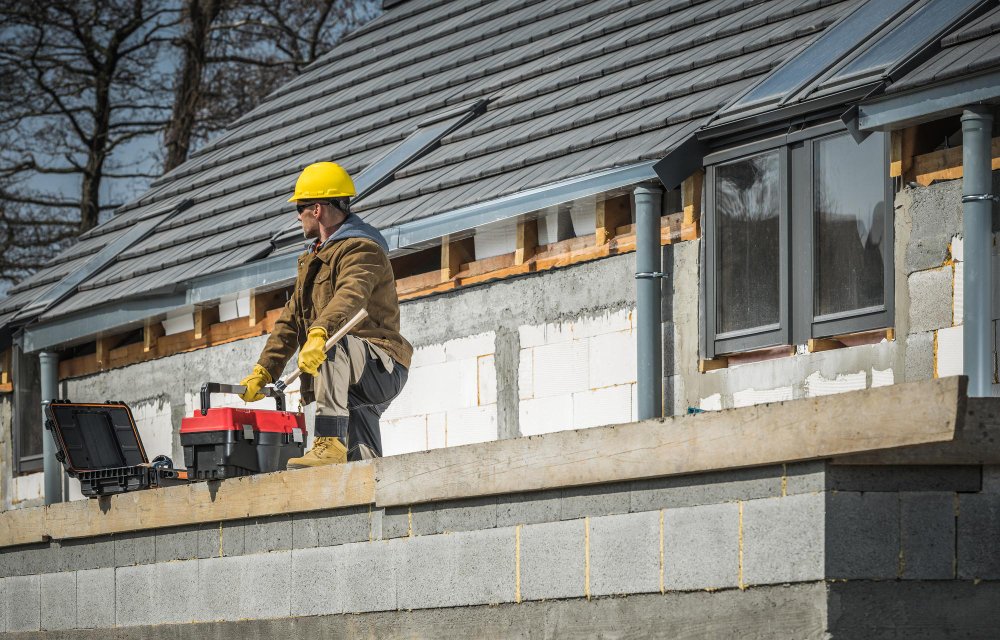
With the plan in place and permits secured, the next step is the removal of the old roofing material. This is a labor-intensive process that involves stripping away the existing shingles or tiles. The goal is to expose the roof deck, allowing for a clean slate and a solid foundation for the new roofing material.
Installation of New Roofing
Once the old roofing is removed, the installation of the new roofing material begins. This step demands precision and expertise to ensure a watertight and durable result. Whether you’re opting for shingles, tiles, or another material, proper installation is critical for the long-term performance and integrity of your new roof.
Professional Installation
- Hire Certified Roofing Contractors: Engage experienced and certified roofing professionals to ensure the proper installation of your chosen material.
- Precision Matters: Roofing materials, especially shingles and tiles, demand precise installation to create a seamless, weather-resistant barrier. Skilled installers mitigate the risk of leaks and structural issues.
Ventilation and Insulation
- Proper Ventilation: Ensure the attic and roof space have adequate ventilation to prevent heat and moisture buildup, which can compromise the longevity of the roofing material.
- Effective Insulation: Invest in proper insulation to regulate indoor temperatures, reduce energy costs, and prevent potential ice dams in colder climates.
Inspection and Final Touches
After the new roof is in place, a thorough inspection is conducted. This involves checking for any gaps, ensuring proper sealing, and confirming that the installation meets the manufacturer’s specifications. The final touches, such as installing flashing and gutters, are added to complete the project.
Embarking on a roof replacement may seem like a complex undertaking, but breaking it down into these six key steps can make the process more manageable. From the initial assessment to the final inspection, each stage plays a crucial role in ensuring a successful roof replacement.
By understanding what needs to be done at each step, you can approach your roof replacement with confidence, knowing that you’re making informed decisions for the safety and longevity of your home.
Related reading:
Table of Contents
